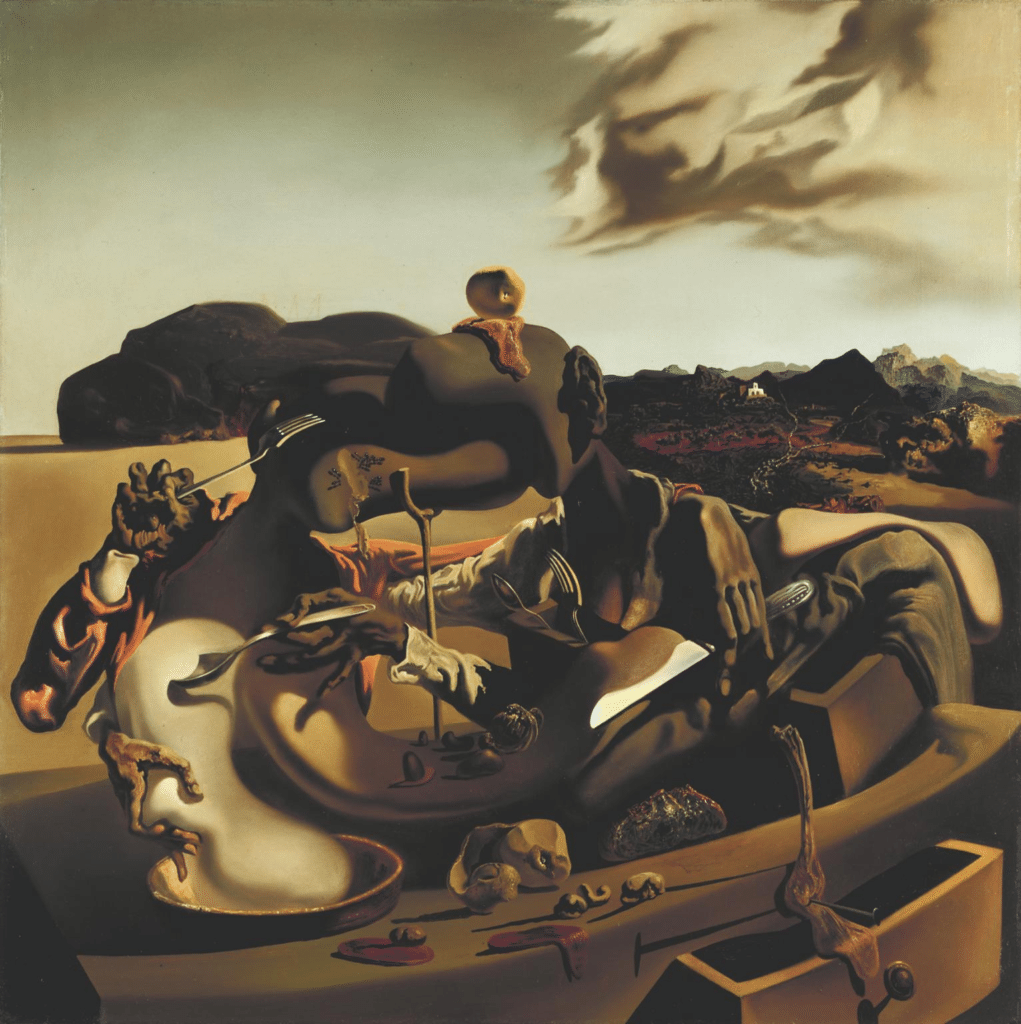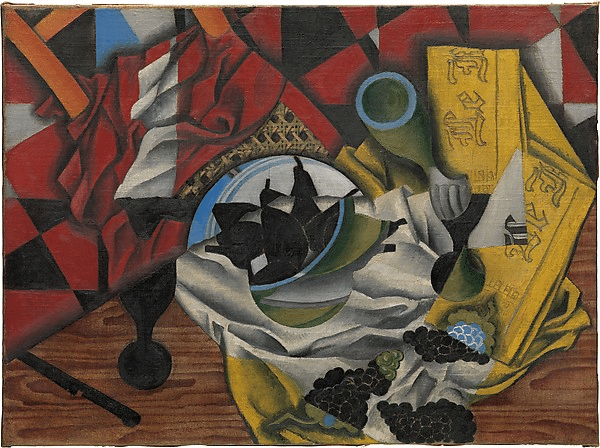By Janine Catalano, instructor of the art history course, “From Still-Life to Eat-Art: Food as Subject and Medium in Modern and Contemporary Art”
Food and consumption have always been featured in art. And like so many other subjects, from the female figure to religious imagery, food’s familiarity has made it a theme ripe for exploration and exploitation by artistic innovators from the late nineteenth century onwards. Indeed, in 1947, when Picasso declared, “It is not necessary to paint a man with a gun; an apple can be equally revolutionary,” he captured the potency artists found in embracing and often upending these basic staples of daily life.

Salvador Dali’s “Autumnal Cannibalism,” for example, very much complicates assumptions we may have about the tropes and taboos of eating, in ways that are explored throughout the course. While cannibalism may on one hand be the ultimate edible transgression, the image Dali provides is languid, almost dainty, rather than aggressive. And, critically, it is a mutual act. In a very surrealist sensibility, therefore, one might read this as an act of love, as well as of destruction.



***
Janine’s upcoming art history course explores the edible in the twentieth and twenty-first centuries to expose broader themes of the times by re-examining our assumptions about food and eating through the lenses of diverse artists and thinkers. Beginning with the Cubist fracturing of fruit, the unpalatable ‘formulas’ in the Futurist Cookbook, and the subversive scenes of the Surrealists, the course will explore Fluxist productions, Pop Art iconography, the Eat-Art movement, and feminist art. The class will discuss food as subject and also as medium, particularly in contemporary performance and installation art, and explore the viewers’ role both in art making and art consumption in this context.
Sign up to receive Fine Art Today, the weekly e-newsletter from
Fine Art Connoisseur magazine.







